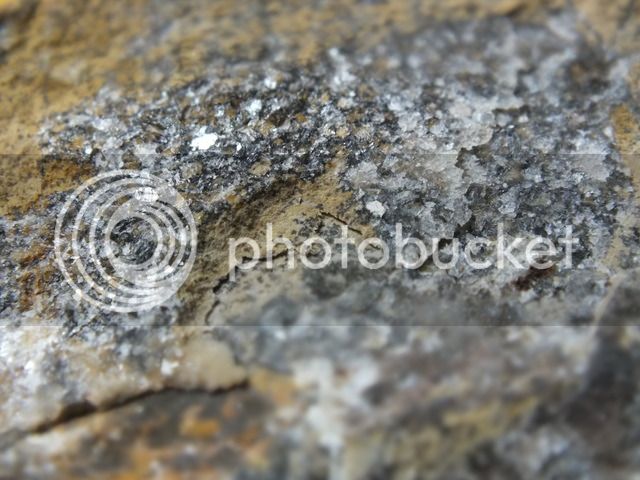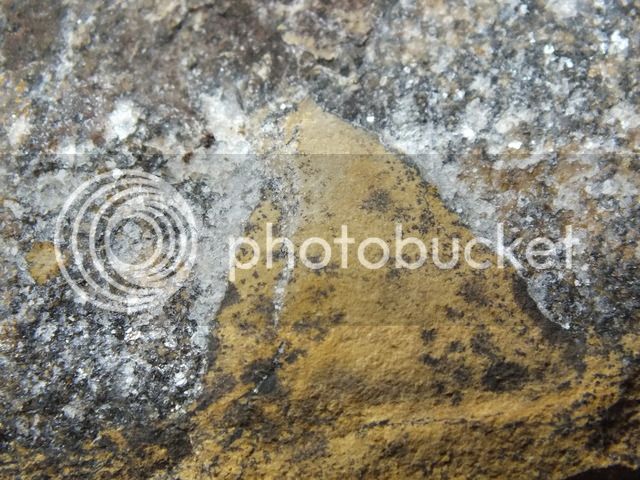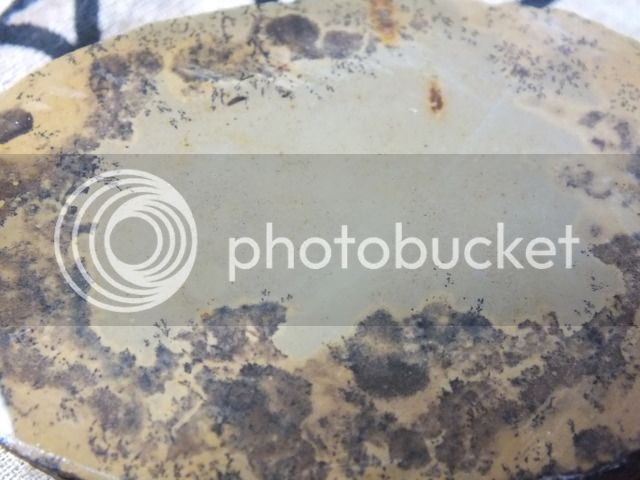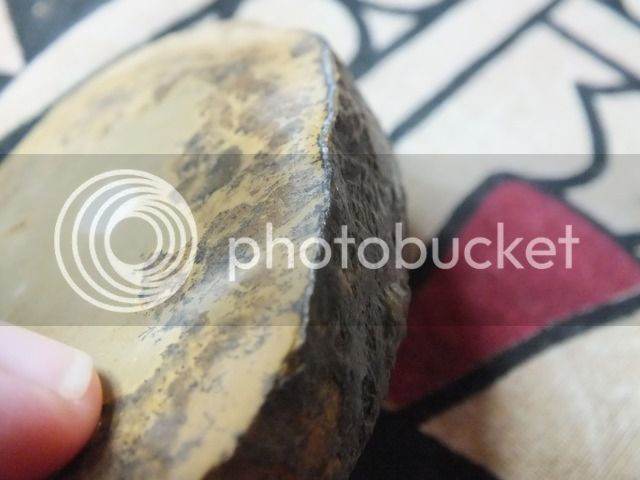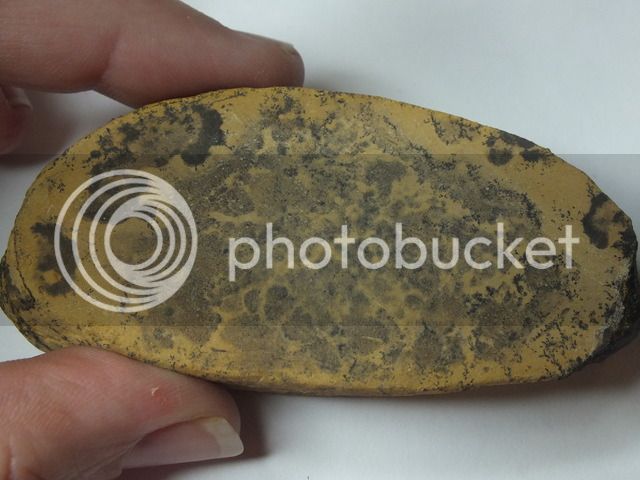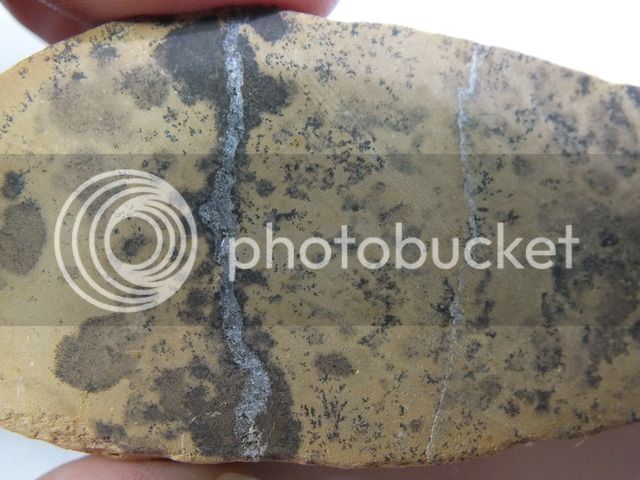Hello Everyone,
Driving out bush a few days ago, I found these on the road and would love to know more about them if anyone hear can help ..
They could just be great lumps of dry clay.. but i thought they were still just too awesome to leave behind
These are the guys that i want to try and cut into slabs first.. Hubby did try (last photo) but they are rather chunky :lol:
The photos are of a few of the broken ones..
They are all also typically this round flat cow pat shape hahaaaa
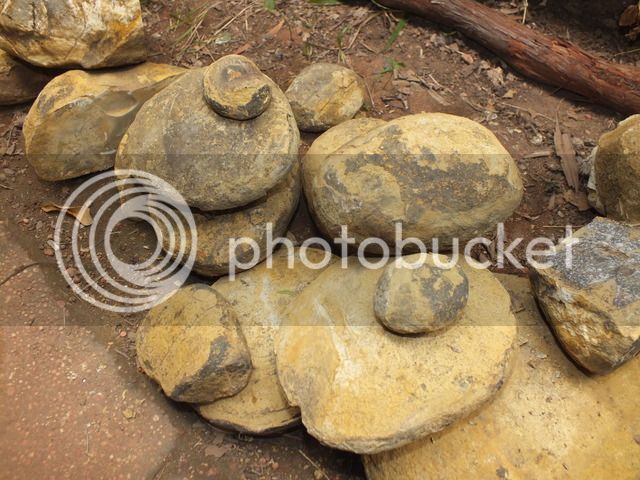
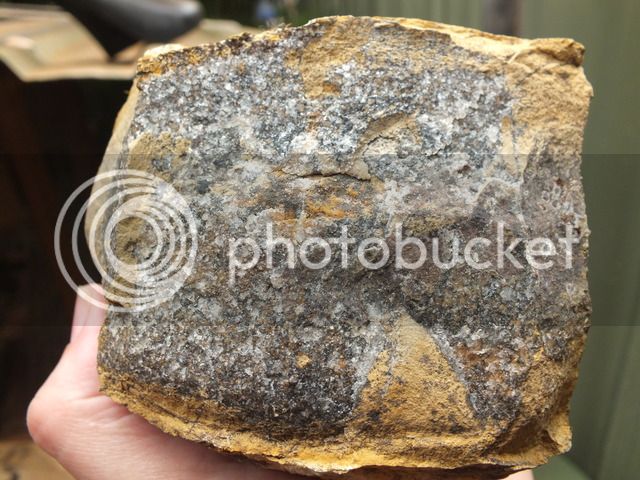
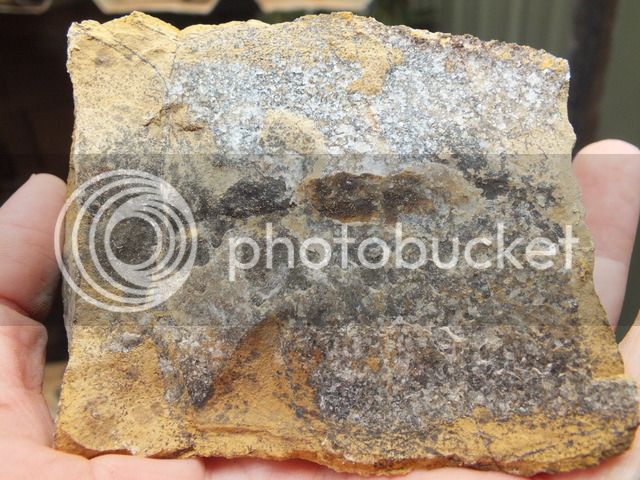
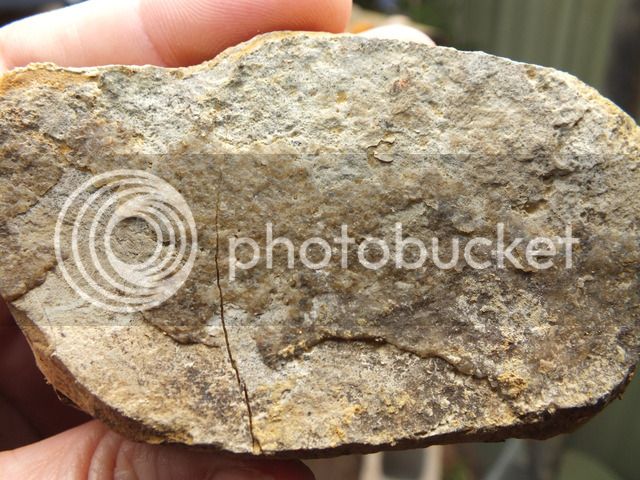
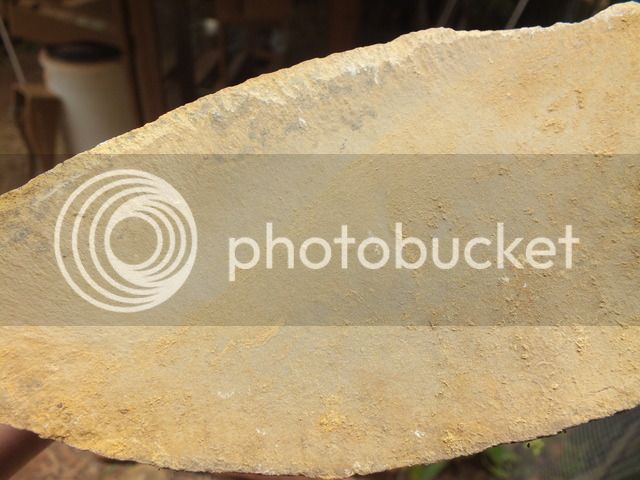
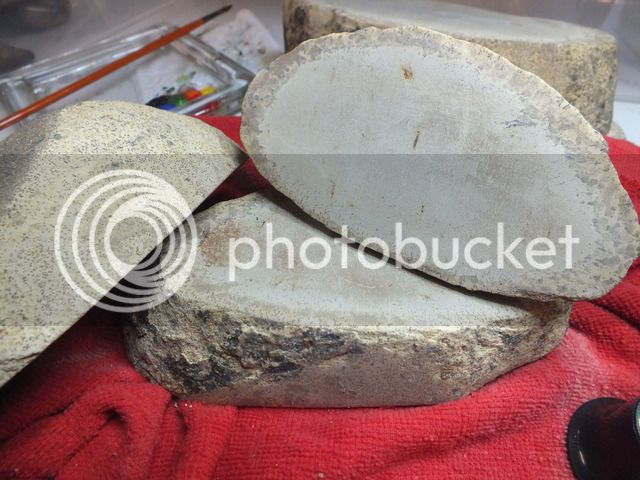
Driving out bush a few days ago, I found these on the road and would love to know more about them if anyone hear can help ..
They could just be great lumps of dry clay.. but i thought they were still just too awesome to leave behind
These are the guys that i want to try and cut into slabs first.. Hubby did try (last photo) but they are rather chunky :lol:
The photos are of a few of the broken ones..
They are all also typically this round flat cow pat shape hahaaaa










